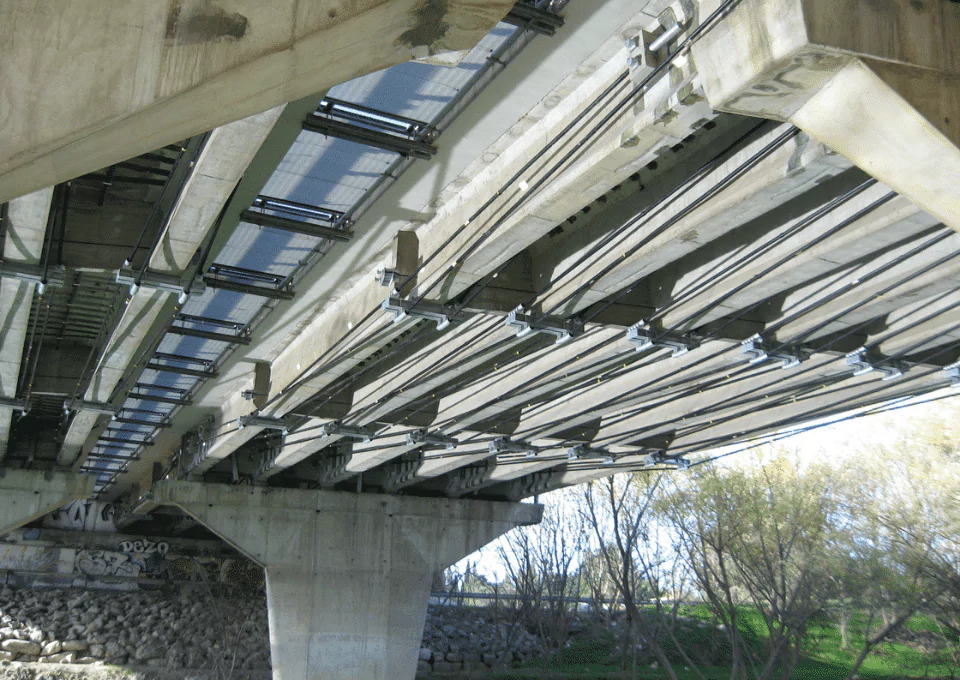Many prestressed concrete structures built in the 20th century relied heavily on the assumed durability of reinforced concrete and bonded post-tensioning systems. At the time, these technologies were still evolving, particularly in areas like design standards, material quality, and tendon installation practices such as grouting and injection.
The primary goal of inspecting a prestressed structure is to evaluate the operational safety of the system. This includes confirming that the prestressing forces remain effective and that the tendons are in good condition to ensure long-term structural performance.
Today, proven solutions are available to upgrade or modernize external post-tensioning tendons. These methods can restore a structure’s original strength and safety levels, extending its service life and improving reliability.
